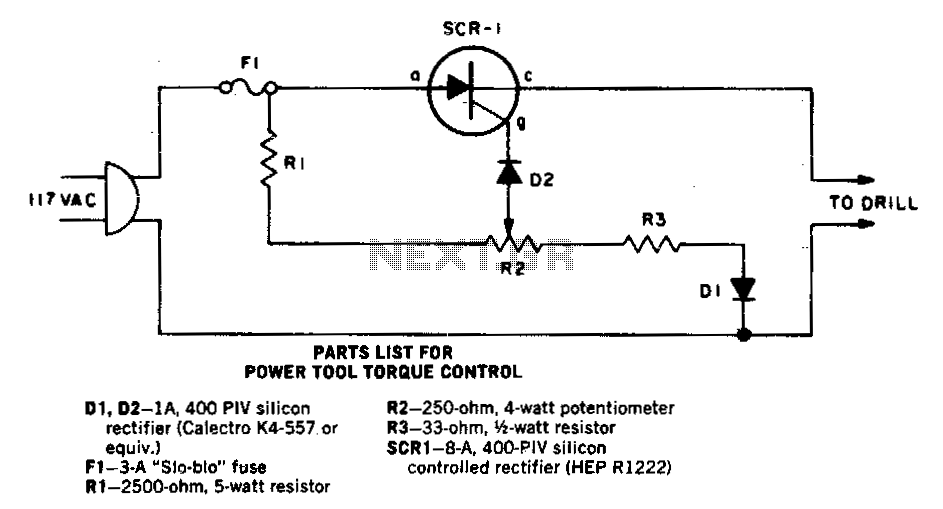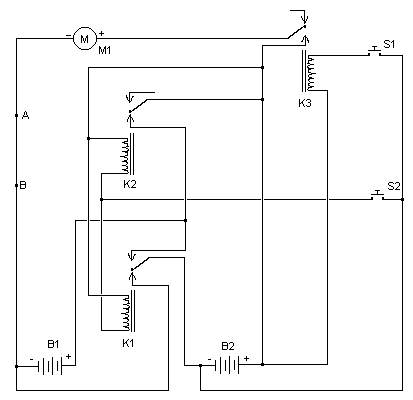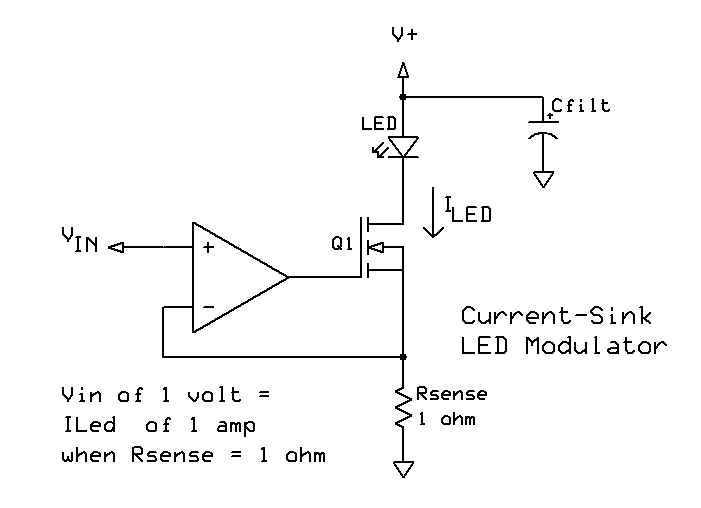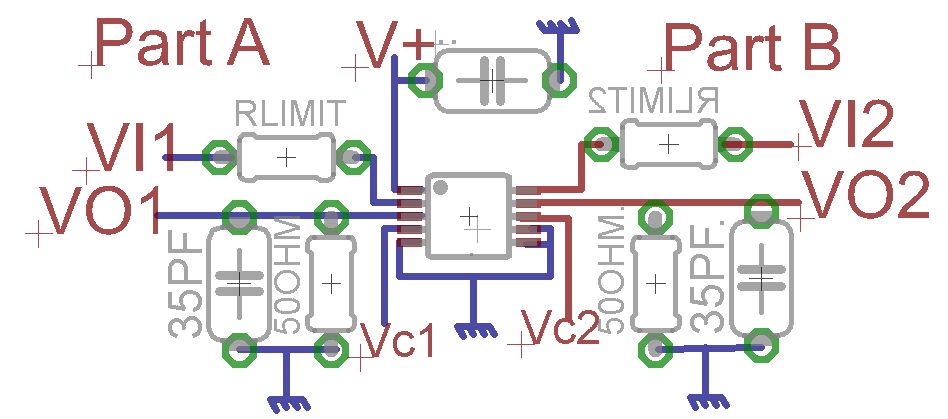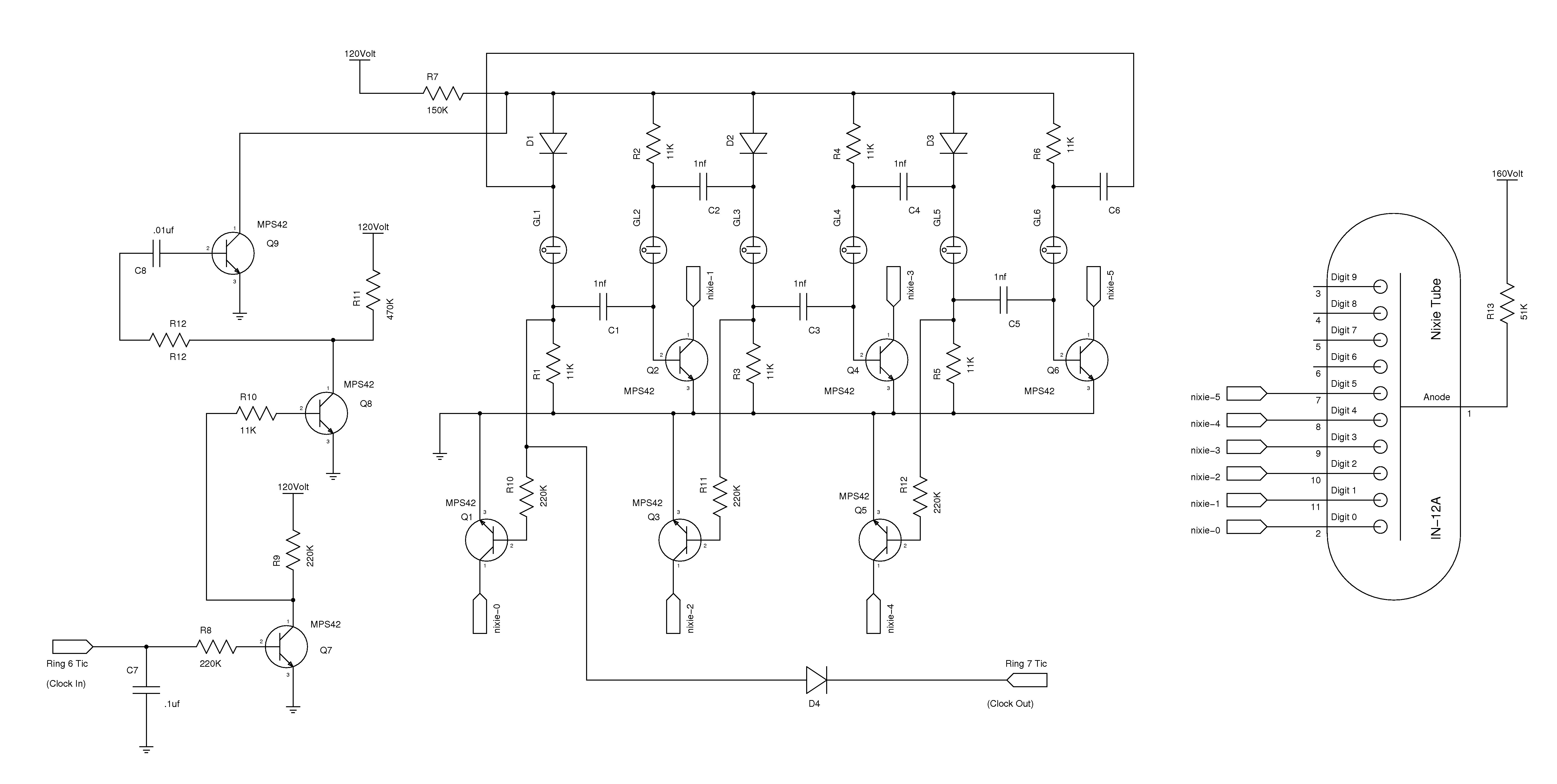
Using IRFP250 power tube H-bridge motor drive circuit

The drive circuit for the electromotor comprises a FET bridge circuit, a FET base drive circuit, a current sensor for the motor drive circuit, and a relay. The FET bridge circuit primarily consists of four high-power MOSFETs, which must possess excellent switching characteristics, the ability to handle higher drive currents, and a long operational lifespan.
The drive circuit is designed to control the operation of an electromotor efficiently. The FET bridge circuit, utilizing four high-power MOSFETs, serves as the core component responsible for converting the input control signals into the appropriate motor drive signals. These MOSFETs are selected based on their switching speed, thermal management capabilities, and current handling specifications to ensure optimal performance and reliability.
The FET base drive circuit is essential for providing the necessary gate drive voltage to the MOSFETs, enabling them to switch on and off effectively. This circuit is typically designed to deliver sufficient gate drive current to ensure rapid switching, which minimizes heat generation and enhances overall efficiency. Proper gate drive design is critical to prevent issues such as cross-conduction and to ensure that the MOSFETs operate within their safe operating area.
The current sensor integrated into the motor drive circuit monitors the current flowing through the electromotor. This feedback mechanism is crucial for protecting the motor and drive circuit from overcurrent conditions, which can lead to damage. The current sensor provides real-time data that can be used for implementing control algorithms, such as current limiting and fault detection.
Additionally, the relay in the circuit serves as a protective element, allowing for the disconnection of the motor from the power supply in case of fault conditions or when the motor needs to be turned off safely. The relay is activated by control signals from the FET base drive circuit, ensuring that the motor can be engaged or disengaged as needed.
Overall, this drive circuit is designed to provide robust and efficient control of an electromotor, incorporating essential components that enhance performance, reliability, and safety in various applications.The drive circuit of electromotor includes a FET bridge circuit, FET base drive circuit,current sensor of motor drive circuit and the relay. FET bridge circuit mainly consists of four high-power MOSFET power tubes,it requires that the power tubes have good switching characteristics,can withstand higher drive current and have a long life.According to motor po..
🔗 External reference
The drive circuit is designed to control the operation of an electromotor efficiently. The FET bridge circuit, utilizing four high-power MOSFETs, serves as the core component responsible for converting the input control signals into the appropriate motor drive signals. These MOSFETs are selected based on their switching speed, thermal management capabilities, and current handling specifications to ensure optimal performance and reliability.
The FET base drive circuit is essential for providing the necessary gate drive voltage to the MOSFETs, enabling them to switch on and off effectively. This circuit is typically designed to deliver sufficient gate drive current to ensure rapid switching, which minimizes heat generation and enhances overall efficiency. Proper gate drive design is critical to prevent issues such as cross-conduction and to ensure that the MOSFETs operate within their safe operating area.
The current sensor integrated into the motor drive circuit monitors the current flowing through the electromotor. This feedback mechanism is crucial for protecting the motor and drive circuit from overcurrent conditions, which can lead to damage. The current sensor provides real-time data that can be used for implementing control algorithms, such as current limiting and fault detection.
Additionally, the relay in the circuit serves as a protective element, allowing for the disconnection of the motor from the power supply in case of fault conditions or when the motor needs to be turned off safely. The relay is activated by control signals from the FET base drive circuit, ensuring that the motor can be engaged or disengaged as needed.
Overall, this drive circuit is designed to provide robust and efficient control of an electromotor, incorporating essential components that enhance performance, reliability, and safety in various applications.The drive circuit of electromotor includes a FET bridge circuit, FET base drive circuit,current sensor of motor drive circuit and the relay. FET bridge circuit mainly consists of four high-power MOSFET power tubes,it requires that the power tubes have good switching characteristics,can withstand higher drive current and have a long life.According to motor po..
🔗 External reference
